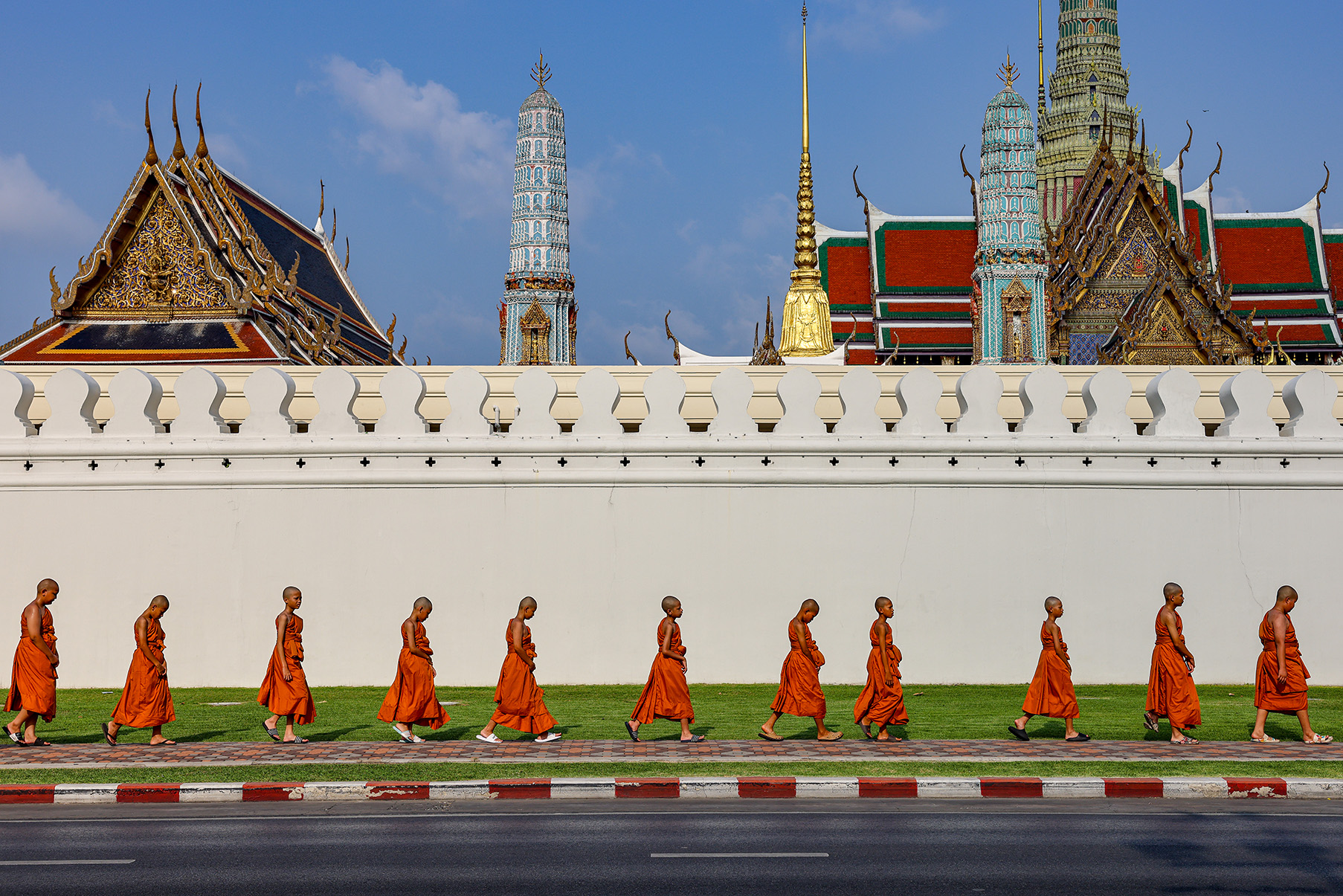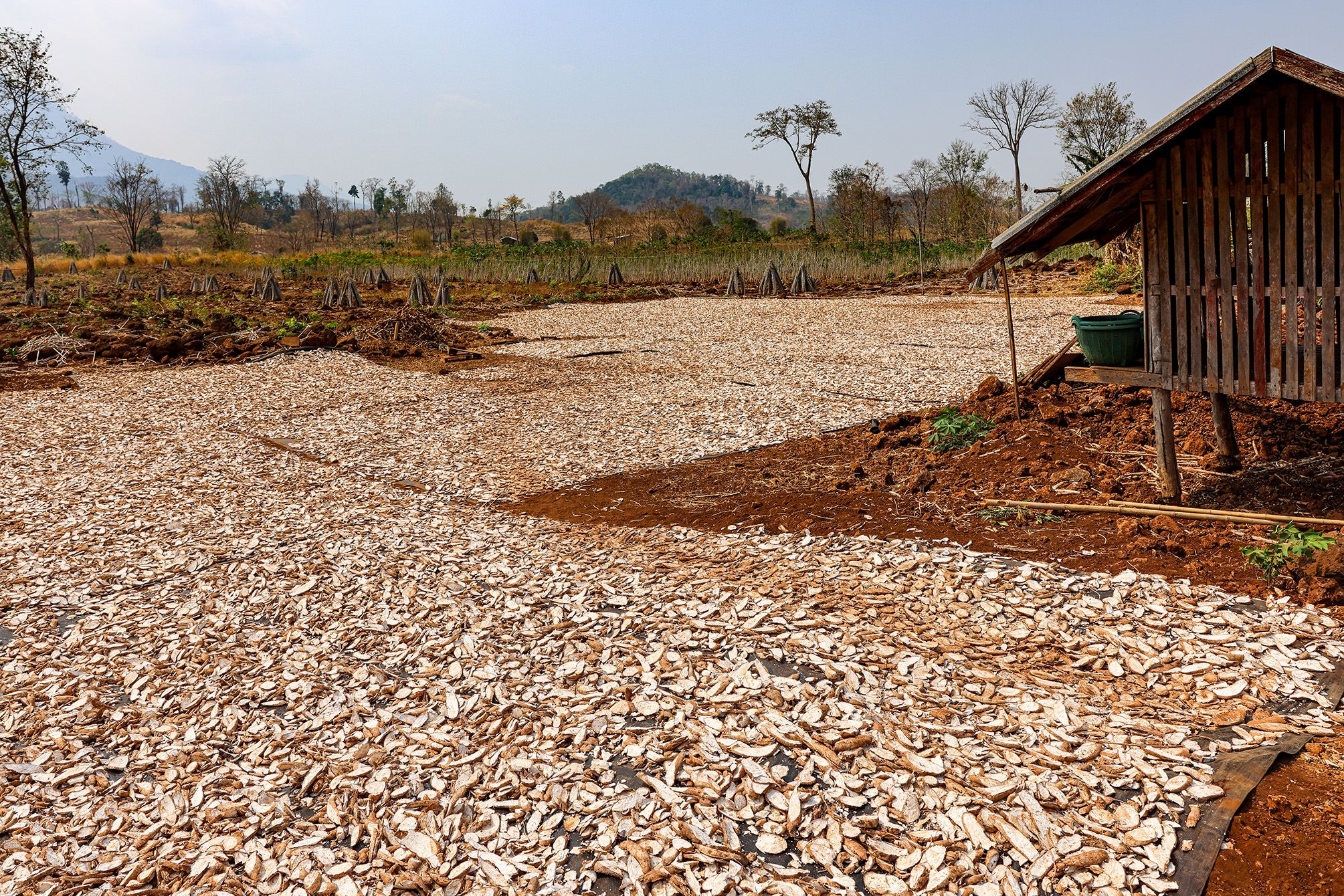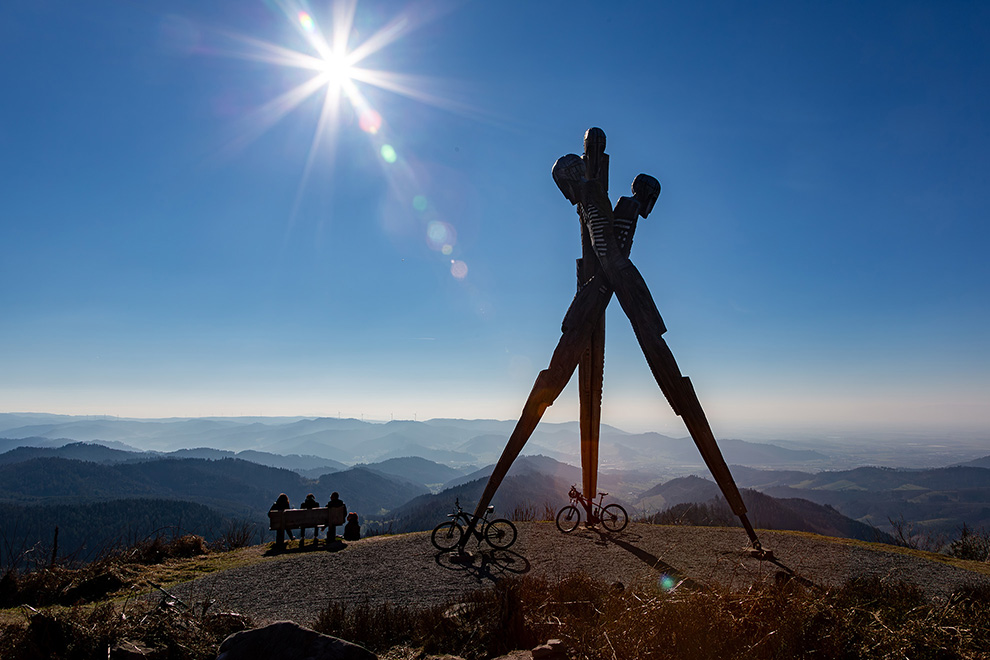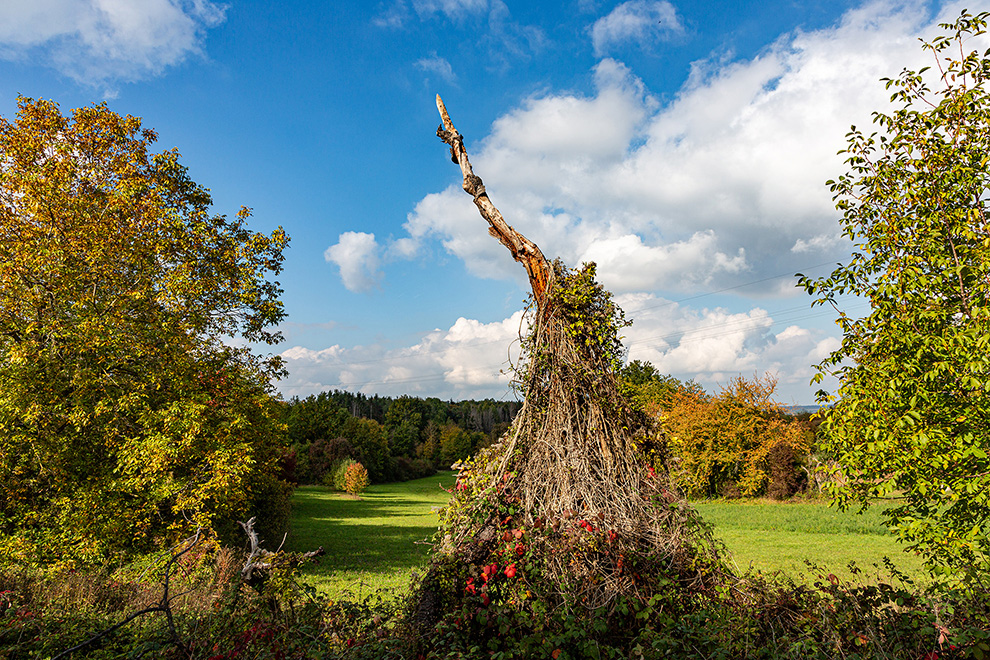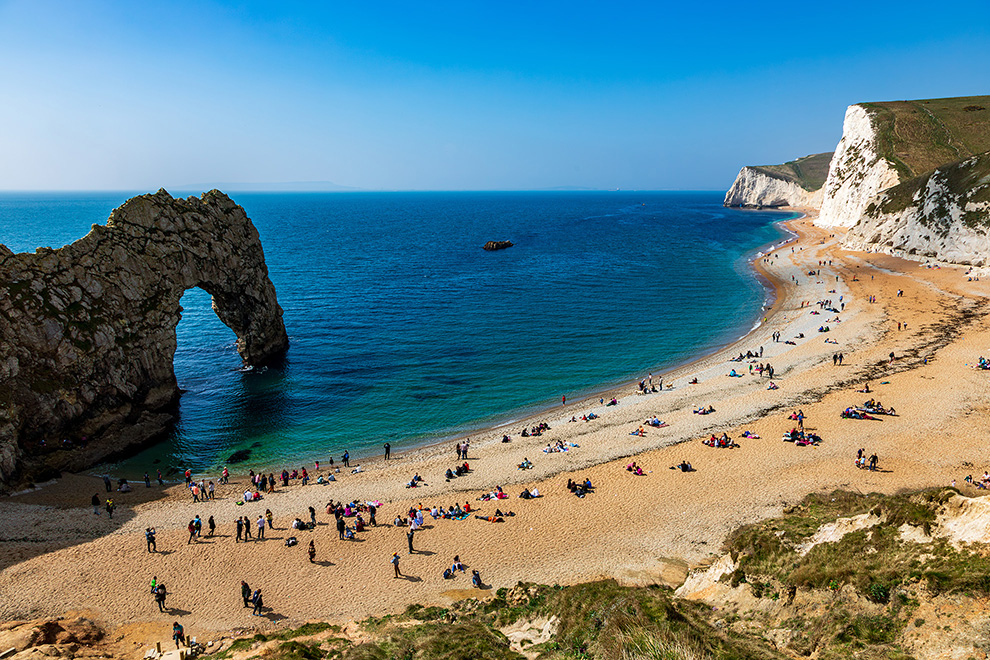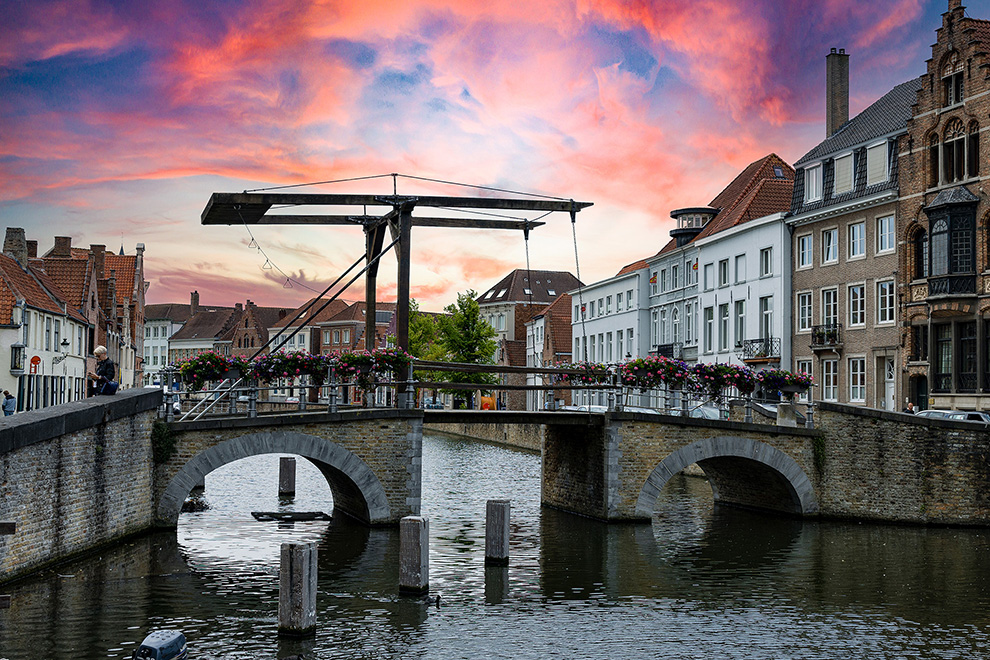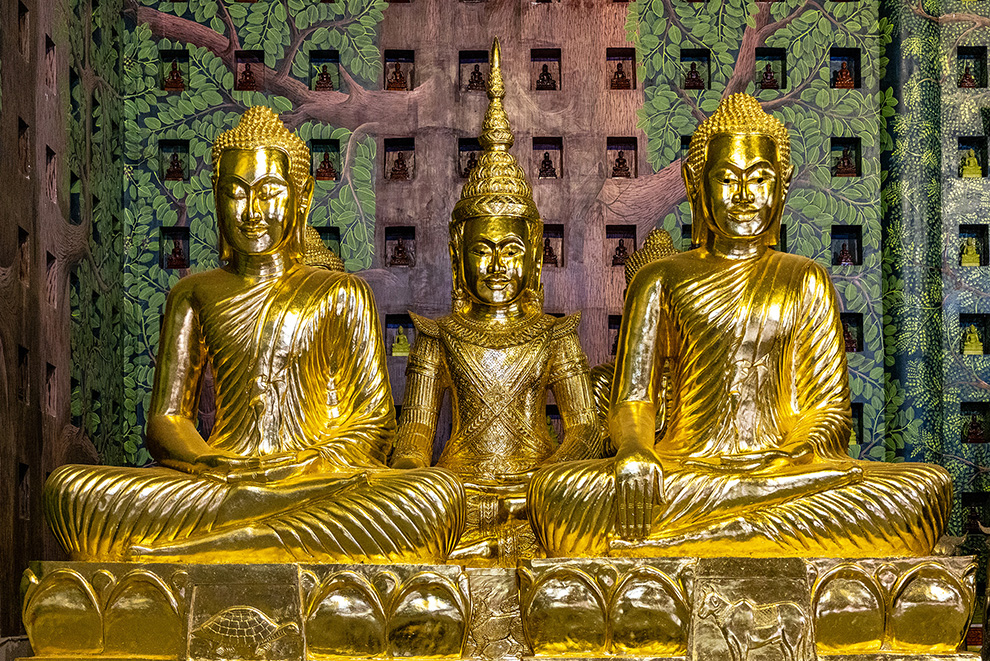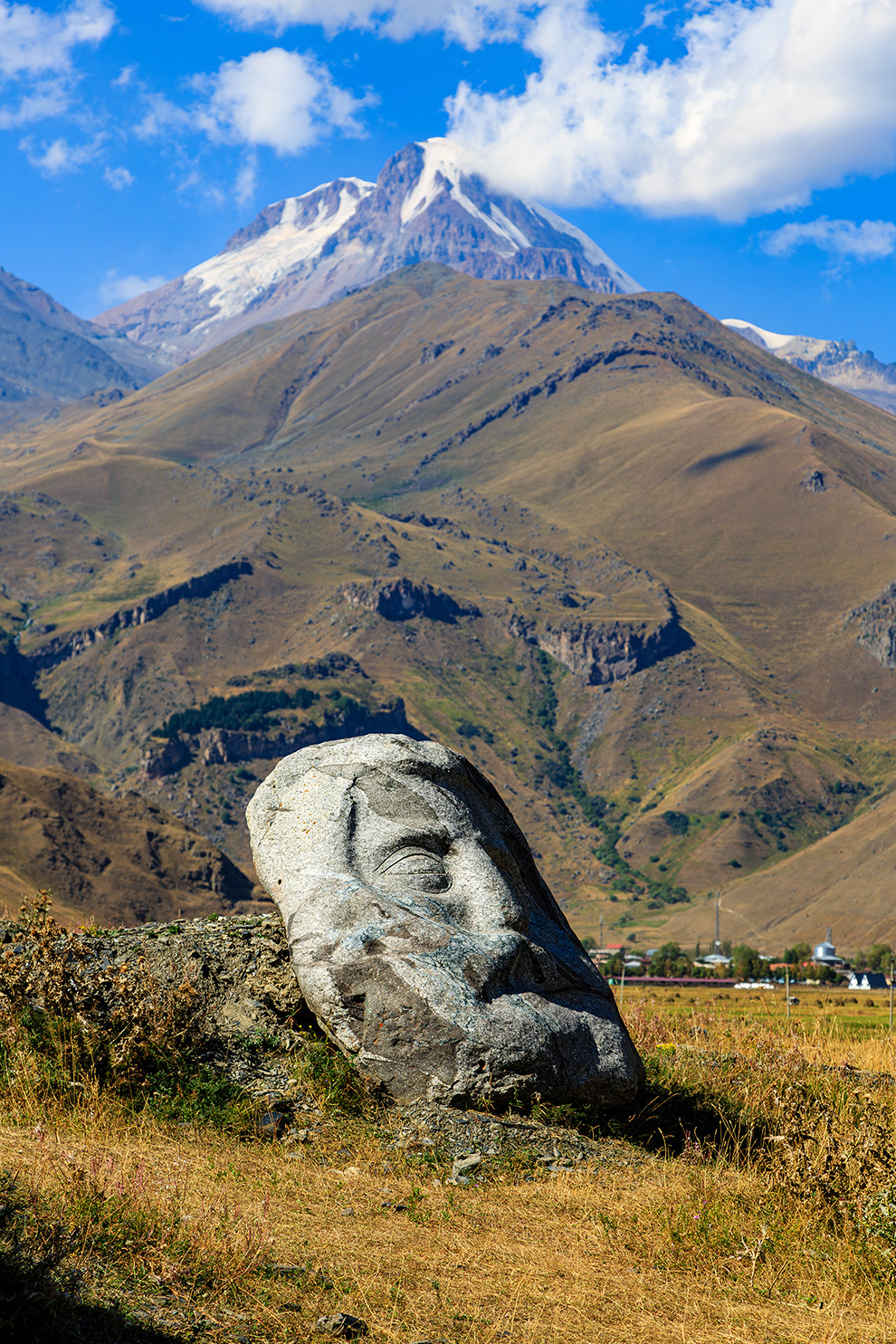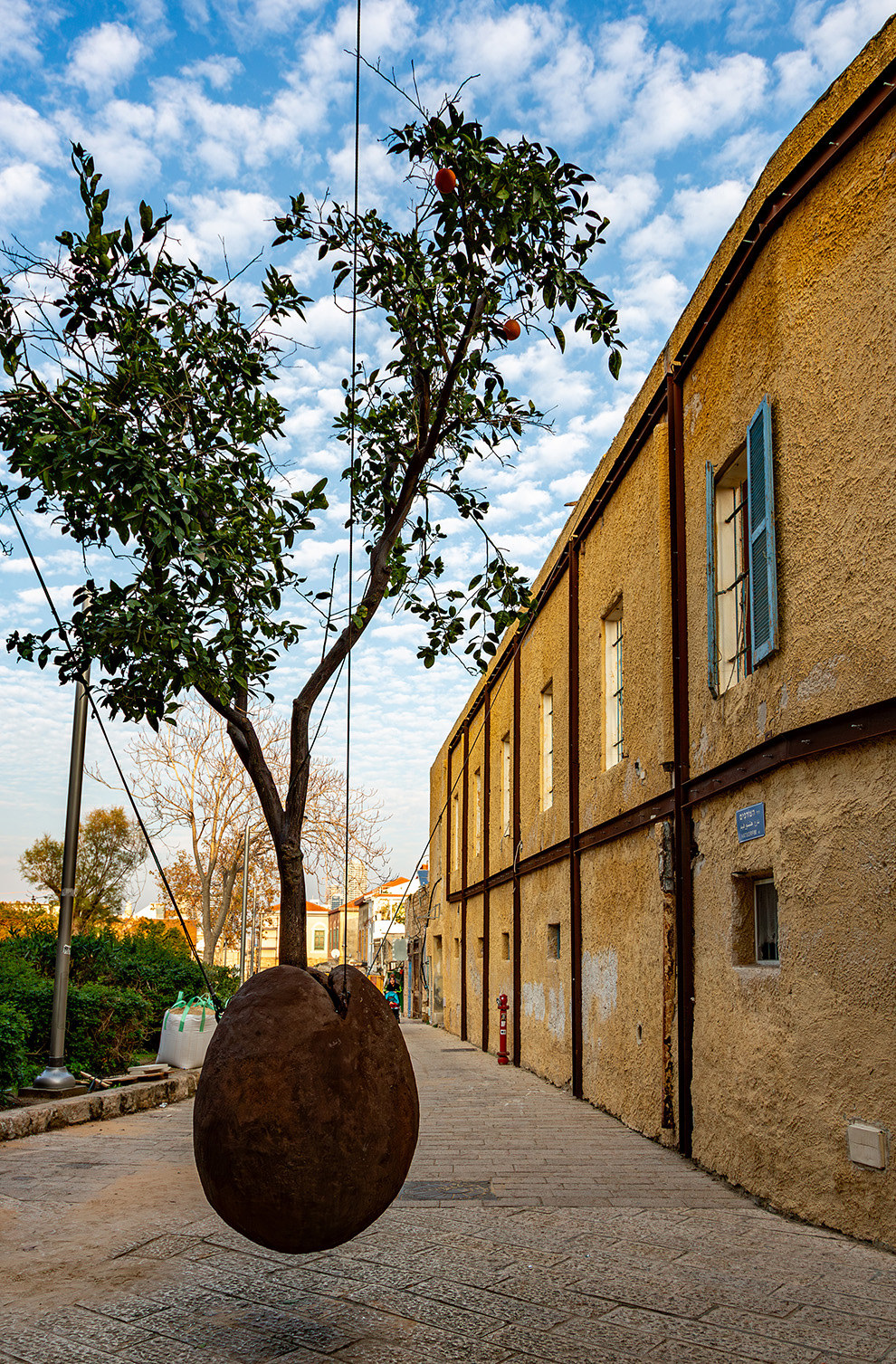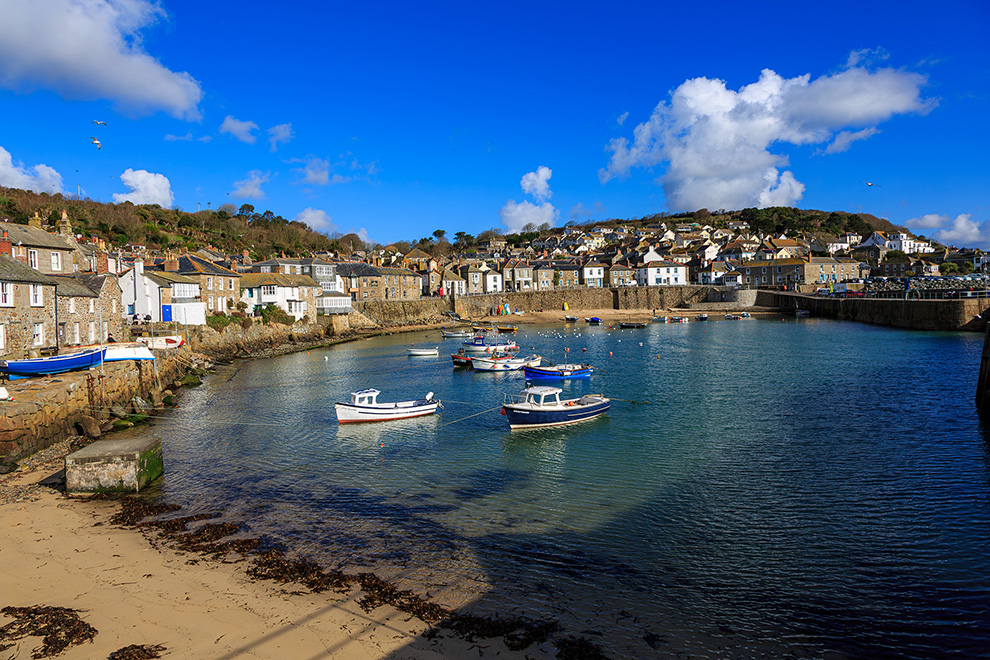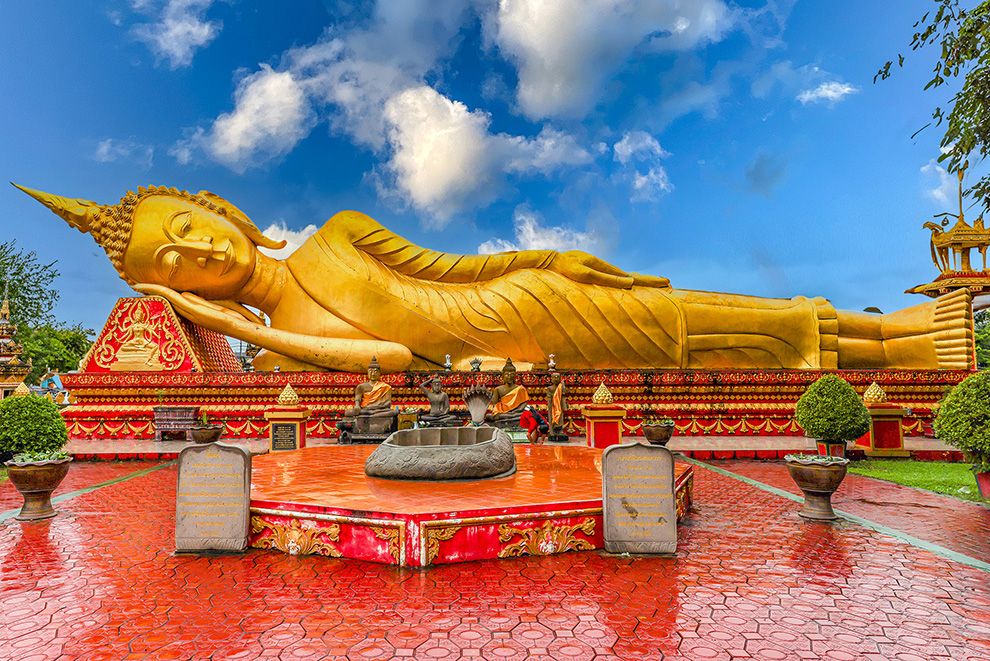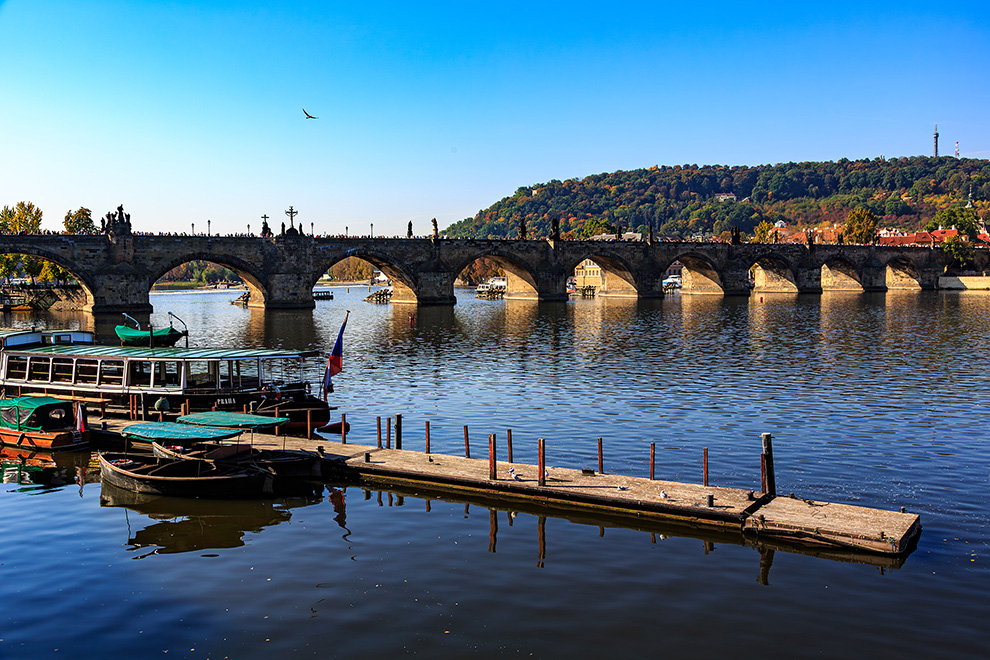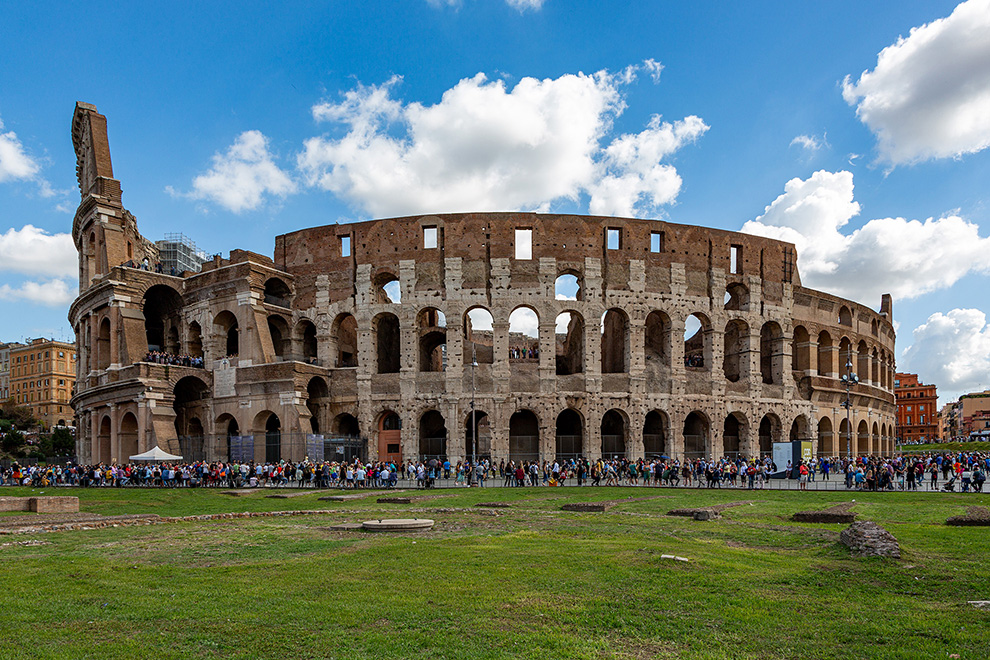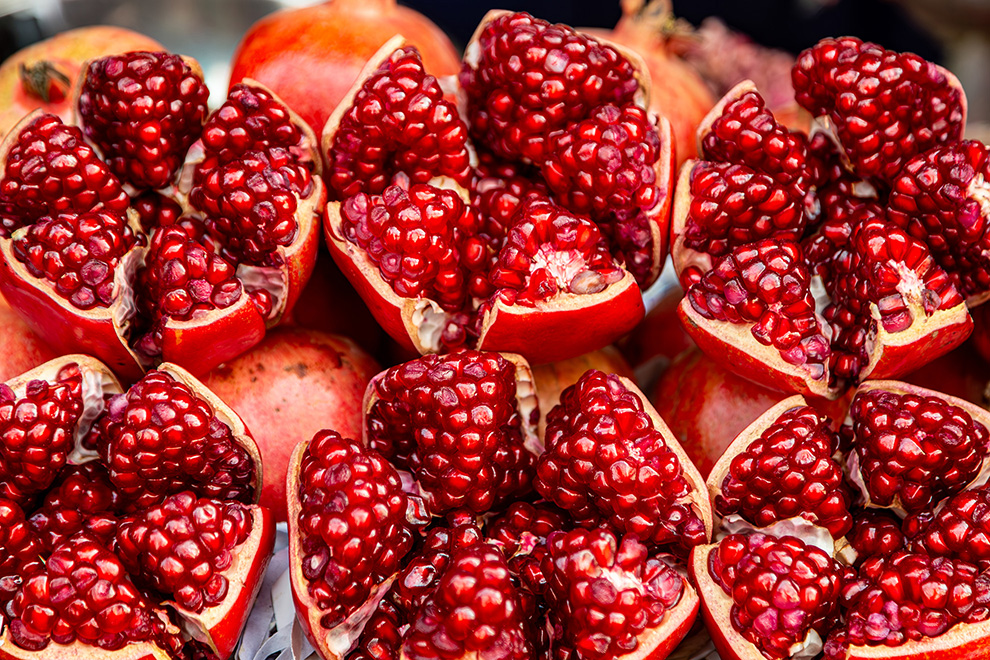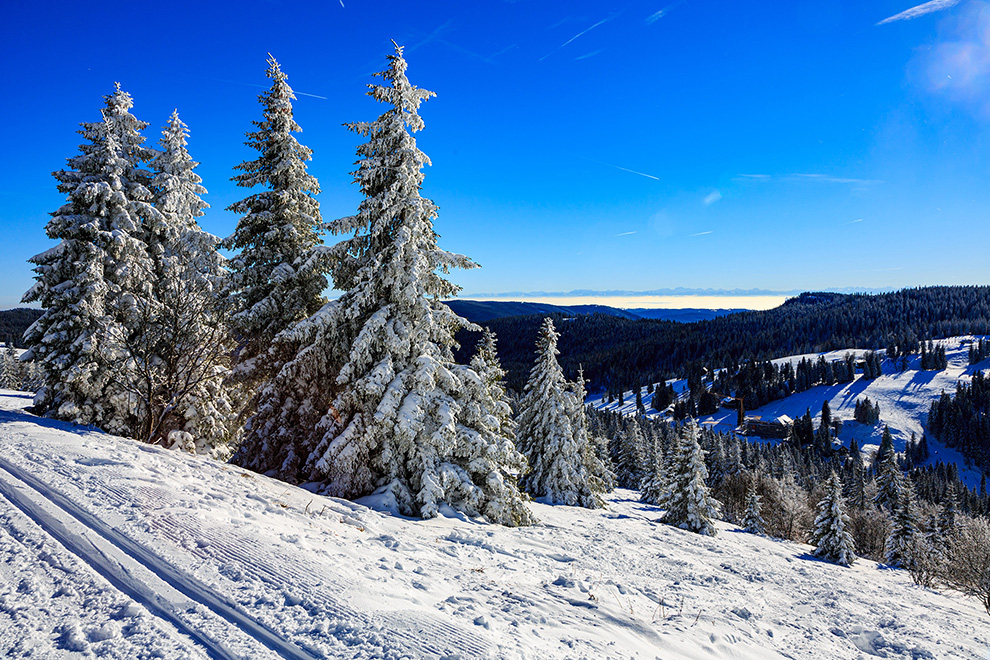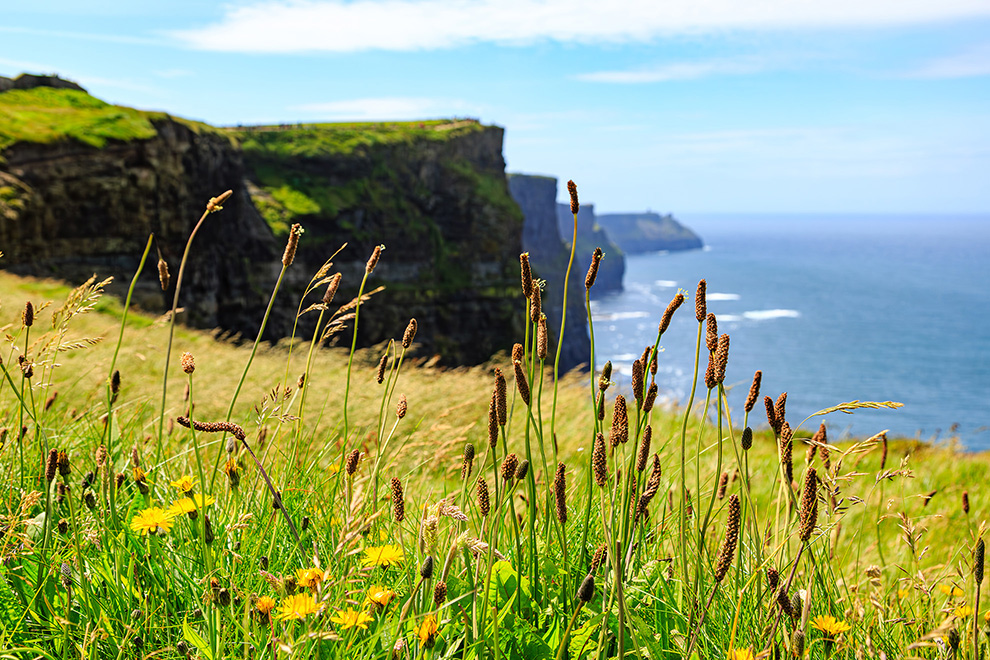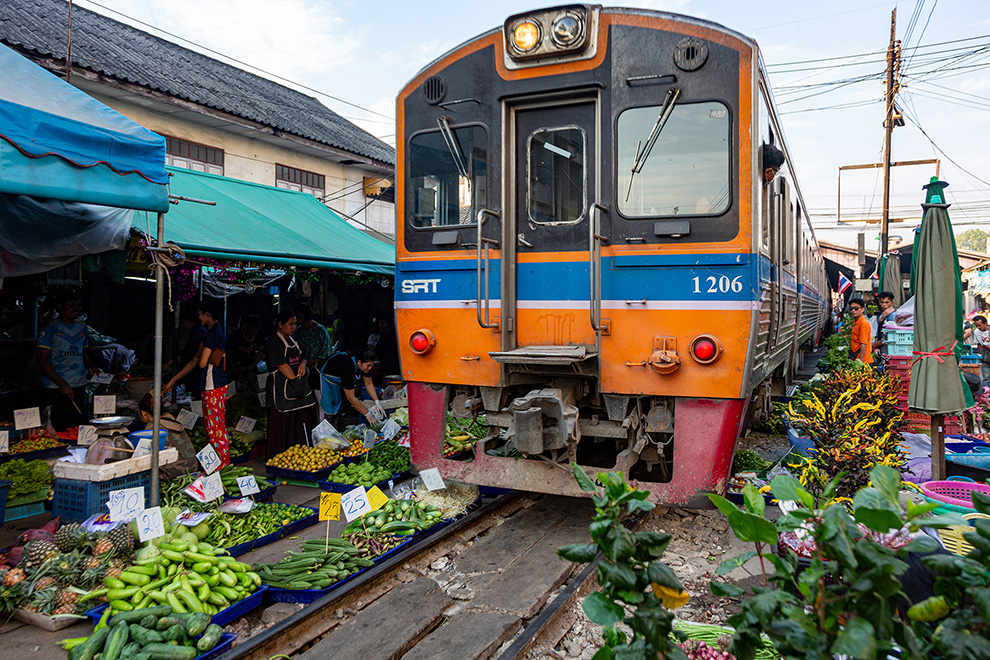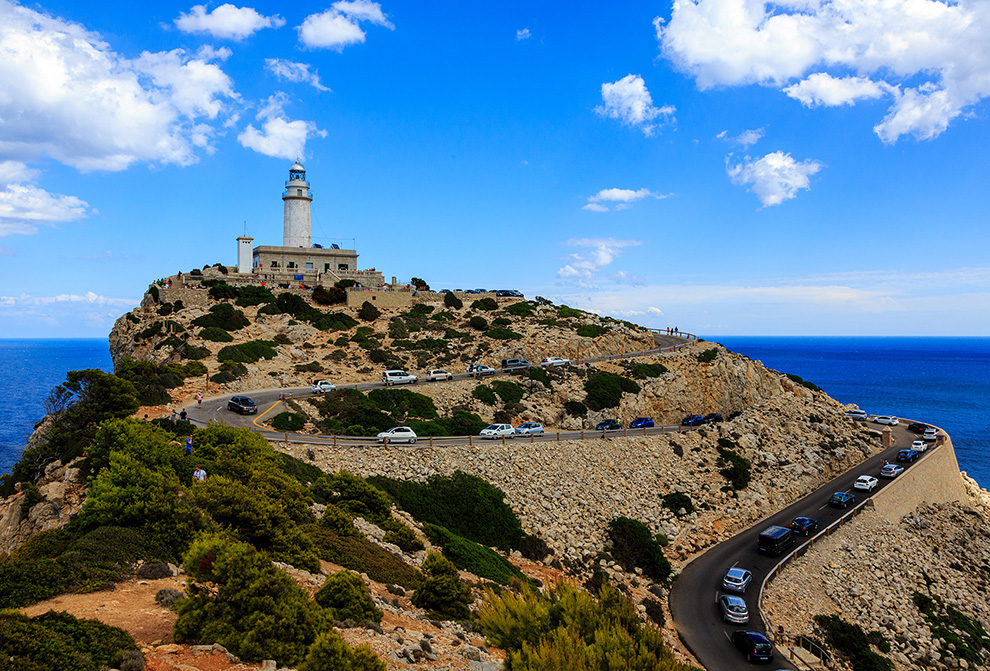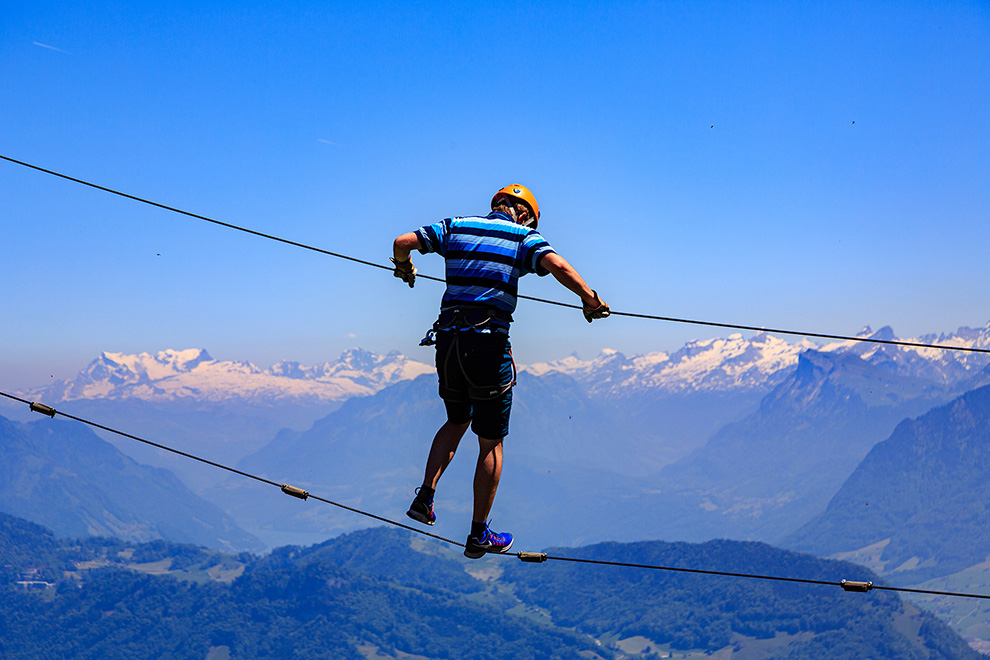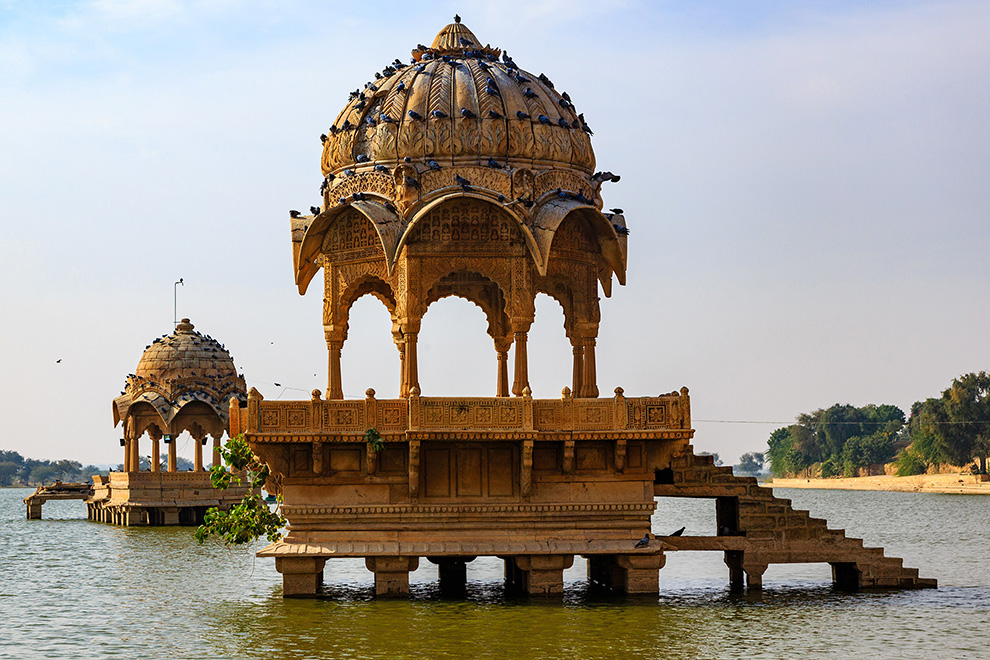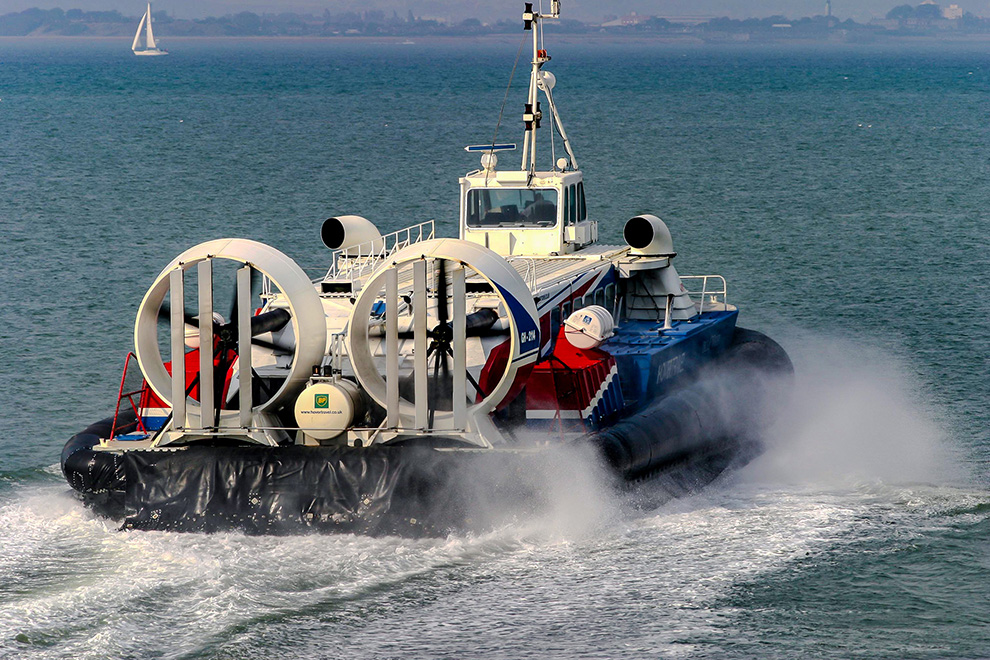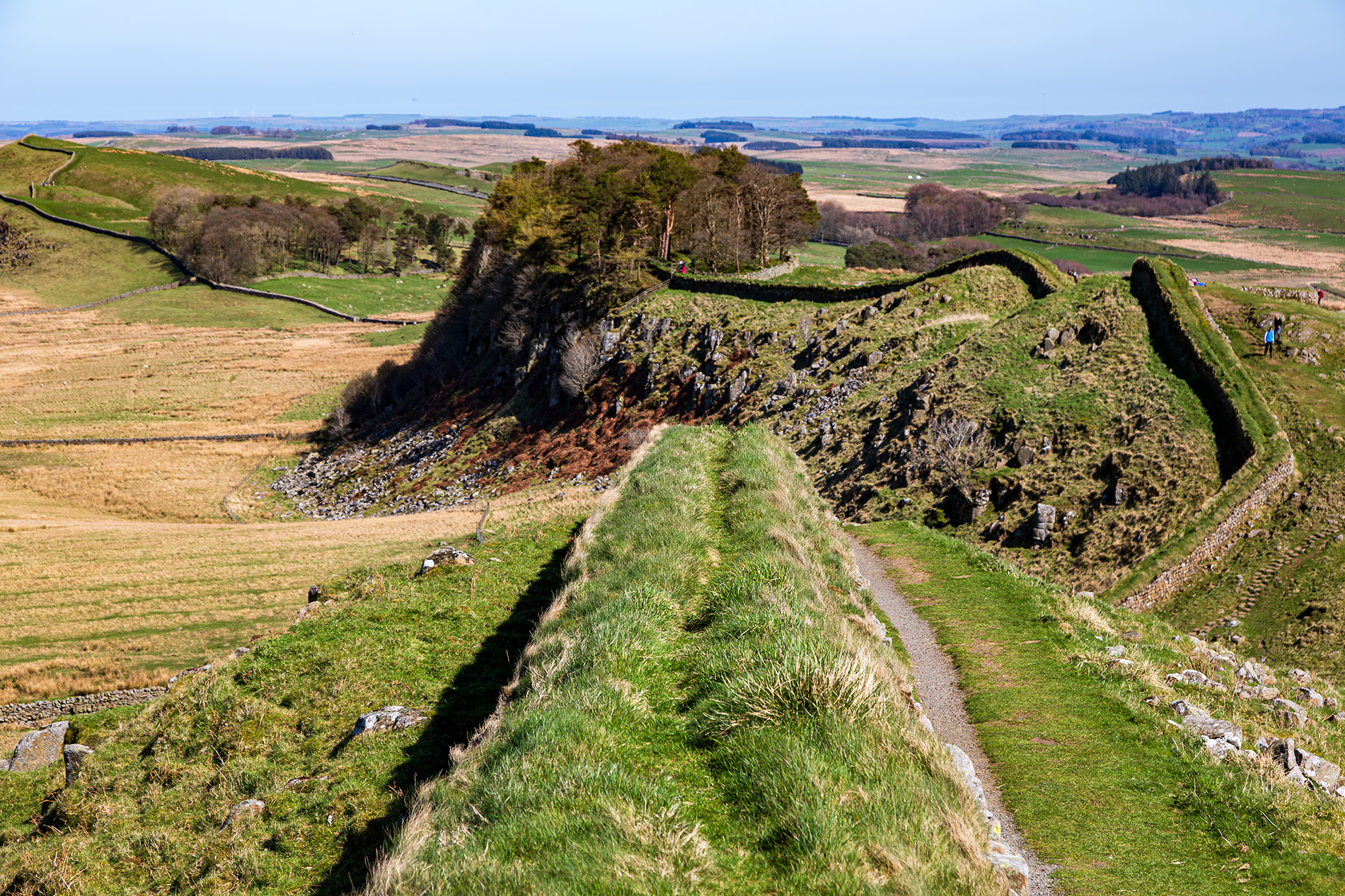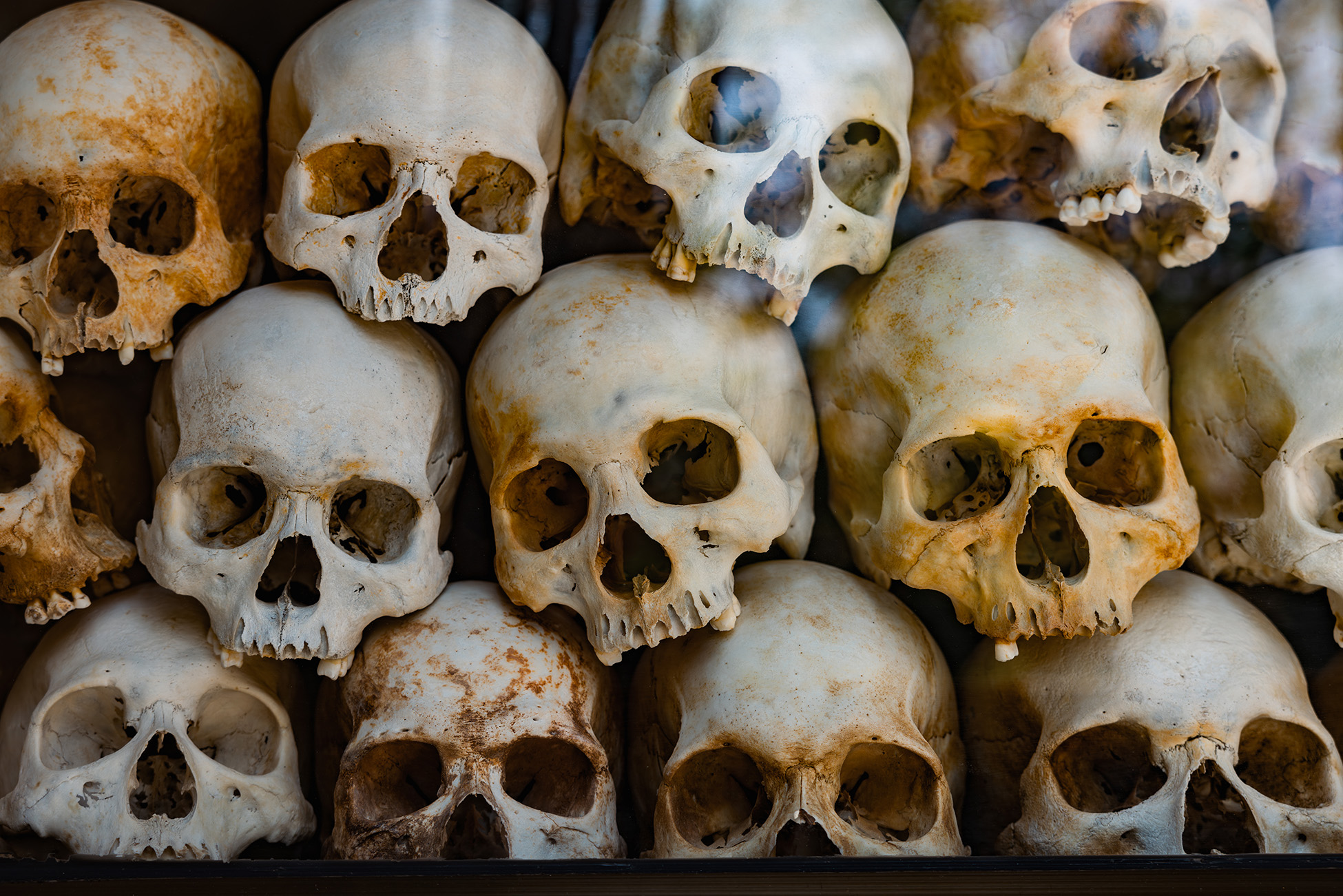
The Killing Fields - Cambodia
The Killing Fields
The Khmer Rouge military leader Pol Pot was responsible for the murder of 21% of the Cambodian population. The genocide in Cambodia was the result of a Khmer Rouge socio-political project based on Mao's communism to create a classless agrarian society. The Khmer Rouge ruled Cambodia from 17 April 1975 to 7 January 1979, murdering between 1.6 and 3 million people (21% of the approximately 7.8 million population) during this period. Cambodian civilians died from starvation, torture, executions, medical experiments, untreated diseases, forced marches, forced labour and other forms of violence. The Khmer Rouge ruled a totalitarian state in which citizens had virtually no rights. They abolished civil and political rights, private property, money, religious practices, minority languages and foreign clothing. The government built huge prisons where people were imprisoned, tortured and executed. The most notorious of these prisons was S-21 in the capital Phnom Penh, where traitors and their families were kidnapped, photographed, tortured and killed. Of the approximately 17,000 men, women and children taken to S-21, only about a dozen survived. There were mass graves all over the country, which became known as Killing Fields. In November 1978, when Vietnam invaded and put an end to Khmer Rouge excesses, millions of Cambodians died at the hands of the Khmer Rouge.
